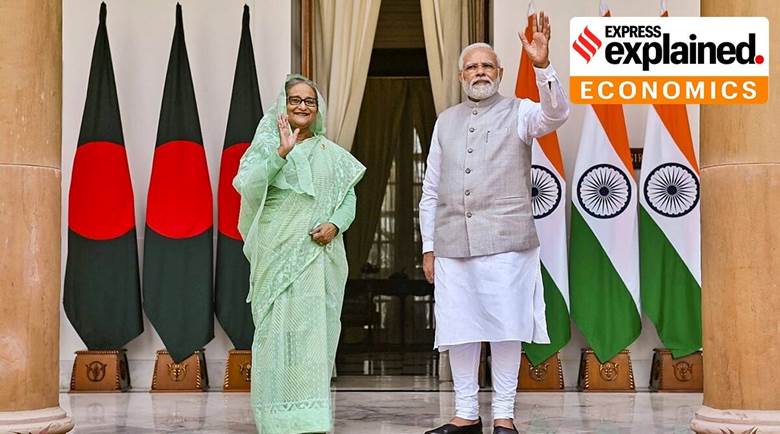Free Courses Sale ends Soon, Get It Now


Free Courses Sale ends Soon, Get It Now



Copyright infringement not intended
Context: Following a meeting with the visiting Prime Minister of Bangladesh Sheikh Hasina, Prime Minister Narendra Modi said India and Bangladesh will soon commence negotiations on a Bilateral Comprehensive Economic Partnership Agreement (CEPA). India and Bangladesh should resolve all bilateral issues, including the differences over the waters of the Teesta, “at an early date”, Bangladesh Prime Minister Sheikh Hasina said.
Details:
Dhaka’s defence demands:
Trade:
What is the status of the Teesta dispute?
How has the relationship with Bangladesh evolved over the years?
What are the recent irritants in the bilateral relationship?
https://www.pib.gov.in/PressReleasePage.aspx?PRID=1857166
© 2024 iasgyan. All right reserved